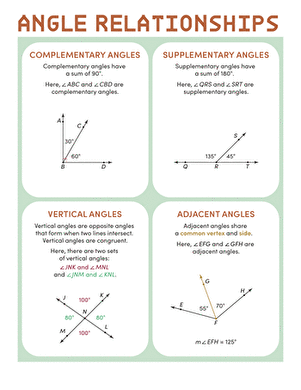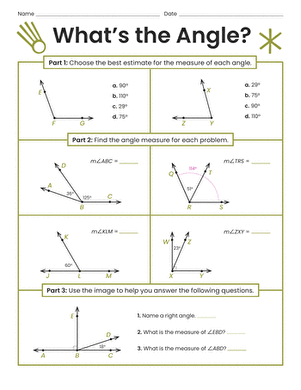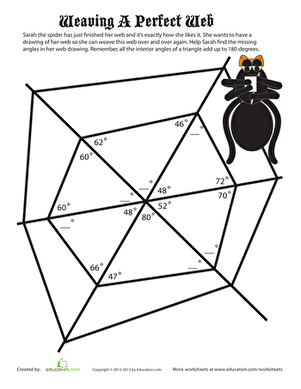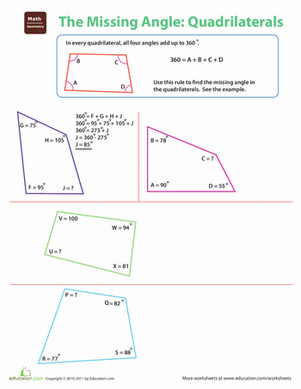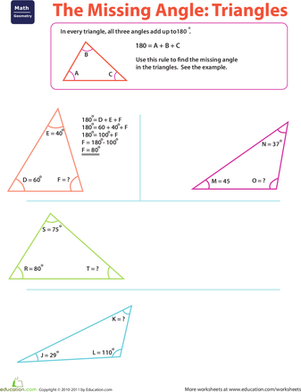Science project
Projectiles Launched at an Angle
Throwing a ball to a friend or shooting a cannon are both examples of projectile motion. Gravity is a force that acts upon objects, drawing them towards the center of the Earth at 9.81 m/s2. Horizontal motion happens when an object is acted upon by an outside force, and it will stay in motion until acted upon by another force, including hitting the ground. Newton’s Third Law of Motion says that an object will stay in motion unless acted on by an outside force, so this means that there is no acceleration in the horizontal direction.
The angle at which something is thrown or shot also affects how far it will travel, because what goes up must come down!
Problem
Find the launch angle of a projectile for the longest distance.
Which angle will launch the projectile the farthest? Why? What happens if the launch angle is smaller? Greater?
Materials
- Nerf gun and darts
- Tape measure
- Calculator
Procedure
- Hold out your arm at a 90° angle.
- Use the tape measure to measure from your hand to the floor vertically. Record this height in meters.
- Use the following formula to calculate the time it would take for an object to fall from this height:
t = (2h / g)½
Where t is time in seconds,
h is the height,
and g is the acceleration due to gravity.
- Fire the Nerf gun horizontally and measure the distance it travels from where it was shot. Be sure to measure from where it first hits the ground.
- Calculate the firing velocity.
v = d / t
Where v is the velocity in meters per second,
d is the distance traveled, in meters,
and t is the time you calculated in step 3.
- Experiment with firing the Nerf gun at different angles. Use the following equation and predict the distance it will travel. Calculate the height of each trial as well. Try to hit a target!
d = (v2 / g)sin(2θ)
Where d is the distance traveled, in meters
v is the firing velocity, in meters/second
g is the acceleration due to gravity and θ is the measure of the firing angle, measured from the horizontal.
- You can also turn the equation around to find maximum height:
h = (vsinθ)2 / 2g
Results
The 45° launch angle will go the farthest distance.
Why?
The 45° angle goes the farthest because it provides both a long time for the dart to be in the air and constant enough horizontal speed.
The steeper the angle gets, the greater the vertical component of the velocity is, which means more time in the air. However, this means the horizontal component of the velocity is small, so the dart doesn’t cover much distance. When the measure of the angle is small than 45°, the horizontal component of the velocity is large, but the dart doesn’t spend much time in the air because it starts off closer to the ground.
Education.com provides the Science Fair Project Ideas for informational purposes only. Education.com does not make any guarantee or representation regarding the Science Fair Project Ideas and is not responsible or liable for any loss or damage, directly or indirectly, caused by your use of such information. By accessing the Science Fair Project Ideas, you waive and renounce any claims against Education.com that arise thereof. In addition, your access to Education.com's website and Science Fair Project Ideas is covered by Education.com's Privacy Policy and site Terms of Use, which include limitations on Education.com's liability.
Warning is hereby given that not all Project Ideas are appropriate for all individuals or in all circumstances. Implementation of any Science Project Idea should be undertaken only in appropriate settings and with appropriate parental or other supervision. Reading and following the safety precautions of all materials used in a project is the sole responsibility of each individual. For further information, consult your state's handbook of Science Safety.






